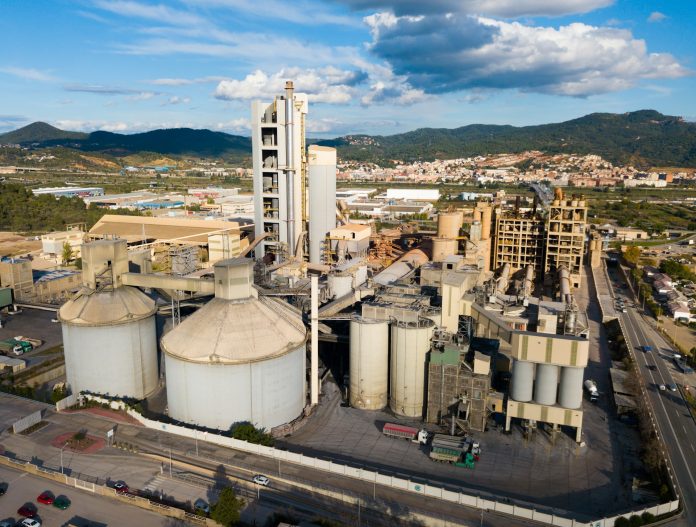Chemical plant explosions can devastate communities, causing immediate environmental damage and triggering complex legal battles. The intense release of toxic substances into the air, soil, and water endangers local ecosystems and poses long-term health risks to residents nearby.
In recent years, high-profile incidents have highlighted the need for greater accountability and stricter safety measures, as affected communities face displacement, health issues, and financial hardships. Legal repercussions for companies often include regulatory fines, lawsuits, and even criminal charges, underscoring the weight of corporate responsibility.
In the aftermath of a toxic chemical release or plant explosion, swift action is essential to ensure safety and secure legal rights. Understanding these environmental and legal consequences is essential in advocating for safer practices and protecting vulnerable populations.
Causes of Chemical Plant Explosions
Chemical plant explosions can stem from a variety of factors, often involving a combination of mechanical failures, human error, and regulatory lapses. Key causes include:
- Improper Storage of Hazardous Materials: Inadequate storage of volatile chemicals can lead to dangerous reactions. Chemicals must be stored under specific conditions (e.g., temperature, pressure) to prevent combustion or leakage. When these conditions aren’t met, the risk of explosion increases significantly.
- Equipment Failure: Aging equipment or lack of proper maintenance can cause mechanical malfunctions, such as leaks, ruptures, or overheating. Defective machinery, including valves and pressure systems, may release dangerous chemicals into the air, sparking explosions if exposed to heat or friction.
- Human Error: Mistakes made by employees, such as improper handling of chemicals, incorrect operation of machinery, or failure to follow safety protocols, can lead to catastrophic accidents. Inadequate training or oversight can further increase the likelihood of human error.
- Regulatory Non-Compliance: Non-adherence to safety regulations, such as OSHA or EPA guidelines, often contributes to explosions. Skipping routine inspections, neglecting safety upgrades, or overlooking risk assessments can result in dangerous operating conditions.
- Chemical Reactions and Process Errors: Certain chemicals react violently when mixed or improperly processed. Errors in the sequence or proportion of chemicals, as well as deviations from prescribed process conditions, can lead to uncontrollable reactions, resulting in explosions.
- Electrical Malfunctions: Electrical faults, such as short circuits or static electricity, can ignite flammable chemicals. In environments with volatile substances, even a small electrical spark can cause an explosion, emphasizing the need for strict electrical safety measures.
Immediate Environmental Consequences
The aftermath of a chemical plant explosion can lead to the alarming release of hazardous materials into the environment. Air quality deteriorates as toxic fumes escape, posing immediate health risks to nearby residents.
Water sources can become contaminated, threatening both human populations and wildlife. The environmental impact is further exacerbated by the potential loss of local ecosystems, which struggle to recover from such traumatic events.
Long-term Environmental Consequences
The long-term environmental consequences of human activities can have profound and lasting effects. As our actions shape the planet, it is essential to understand the potential repercussions that could arise from unsustainable practices.
Here are some key consequences:
- Biodiversity Loss: Continued habitat destruction and pollution can lead to a decline in species diversity, disrupting ecosystems and food webs.
- Climate Change: Long-term greenhouse gas emissions contribute to rising global temperatures, resulting in extreme weather patterns and sea-level rise.
- Soil Degradation: Overuse of fertilizers and pesticides can degrade soil quality, reducing agricultural productivity and leading to desertification.
- Water Scarcity: Pollution and over-extraction of water resources can result in long-term shortages, affecting drinking water supplies and ecosystems.
- Ocean Acidification: Increased CO2 levels lead to more acidic oceans, threatening marine life, especially coral reefs and shellfish.
- Altered Weather Patterns: Long-term changes in the climate can shift weather patterns, affecting agriculture, natural disasters frequency, and water availability.
- Public Health Risks: Environmental degradation can lead to increased health issues, such as respiratory problems and waterborne diseases, particularly in vulnerable populations.
- Economic Impact: Ecosystem deterioration can affect industries reliant on natural resources, leading to economic instability and loss of livelihoods.
Legal Framework Surrounding Chemical Explosions
Navigating the legal landscape surrounding chemical plant explosions is complex. Multiple laws and regulations are in place to govern safety practices, including standards set by federal agencies such as OSHA and the EPA.
However, accountability can be murky. Companies may face liability for negligence, yet the extent of this responsibility can vary significantly. Understanding these legal frameworks is crucial for holding parties accountable and ensuring justice for affected individuals.
Clean-up and Remediation
Efforts following an explosion, effective clean-up and remediation are vital. Legal requirements mandate companies to take responsibility for restoring affected areas, yet challenges often arise in these efforts.
The process can be lengthy and costly, and communities may find themselves waiting years for the environment to recover. Comprehensive strategies are essential to ensure that clean-up efforts are adequately funded and executed.
Community and Stakeholder Responses
The role of local communities cannot be overstated in the wake of chemical explosions. Residents often become powerful advocates, demanding accountability and better safety practices.
Activism and community engagement can drive a push for legislative change and enhanced regulations. Collaboration between government agencies and industry stakeholders is critical to developing comprehensive strategies that prioritize safety and environmental protection.
Conclusion
Chemical plant explosions carry profound environmental and legal consequences, impacting ecosystems, community health, and corporate accountability. From immediate contamination to long-term damage, these incidents often require extensive cleanup efforts and policy scrutiny to mitigate lasting harm.
The legal implications can be equally severe, with affected individuals seeking justice through compensation and regulatory bodies imposing fines and sanctions on responsible companies. Addressing both the environmental and legal dimensions of these incidents is key to fostering a safer, more resilient industrial landscape.



 Bitcoin
Bitcoin  Ethereum
Ethereum  Tether
Tether  XRP
XRP  Solana
Solana  USDC
USDC  Cardano
Cardano  TRON
TRON  Lido Staked Ether
Lido Staked Ether  Toncoin
Toncoin  Avalanche
Avalanche